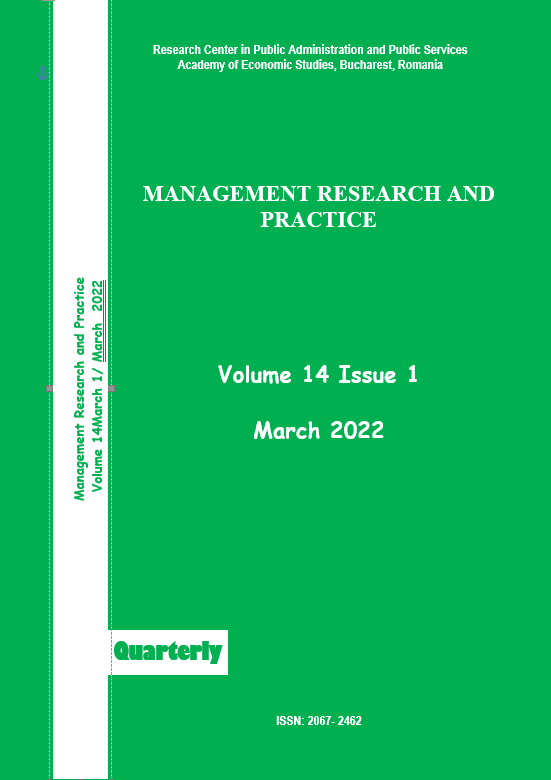TOWARDS A SUSTAINABLE MOBILITY DEVELOPMENT IN ROMANIAN CITIES. A COMPARATIVE ANALYSIS OF THE SUSTAINABLE URBAN MOBILITY PLANS AT THE NATIONAL LEVEL
TOWARDS A SUSTAINABLE MOBILITY DEVELOPMENT IN ROMANIAN CITIES. A COMPARATIVE ANALYSIS OF THE SUSTAINABLE URBAN MOBILITY PLANS AT THE NATIONAL LEVEL
Author(s): Liliana Andrei, Oana LucaSubject(s): Economy, Business Economy / Management, Public Administration, Rural and urban sociology
Published by: Academia de Studii Economice - Centrul de Cercetare in Administratie si Servicii Publice (CCASP)
Keywords: implementation; monitoring and evaluation; sustainable urban mobility plan;
Summary/Abstract: In Romania, the sustainable urban mobility plan (SUMP) is required to fund projects through the Regional Operational Program 2014-2020 (Urban Mobility Investment) and the Large Infrastructure Operational Program 2014-2020. In addition, SUMP is mandatory, as mentioned in the Law no. 350 / 2001 (with its subsequent amendments and completions), on territorial planning and urbanism, which states that a General Urban Plan must include, inter alia, an urban mobility plan. Since 2015, cities in Romania started to develop SUMPs in line with their own economic development requirements, ensuring the transition to a sustainable transport system that meet citizens' mobility needs and improving the quality of their lives. SUMPs have already started to be implemented, but currently there is not sufficient information on the state of implementation, although monitoring information should also be provided. Consequently, an assessment is needed to confirm whether these plans achieve their objectives and whether the impact of the adopted measures is the expected one. The main objective of this paper is to compare SUMPs from 30 cities in Romania, classified according to the number of inhabitants, and to propose an improved monitoring and evaluation methodology, allowing thus to intervene and review them in due time. The aim of the research is to avoid introducing measures that do not have the expected effect, to improve them, or introduce other complementary measures.
Journal: Management Research and Practice
- Issue Year: 14/2022
- Issue No: 1
- Page Range: 30-40
- Page Count: 11
- Language: English

